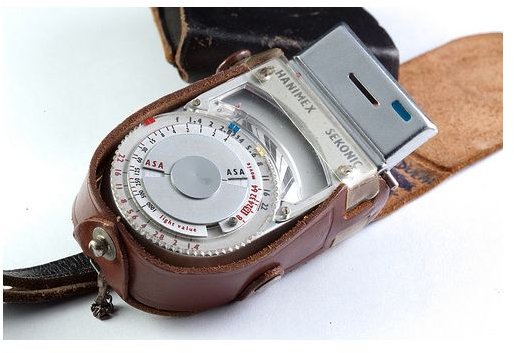How to Calibrate a Light Meter
A light meter is a useful instrument in optical engineering and photography to measure the amount of light exposed. It is basically used for accurate exposure for a photograph. It might be of two kinds, digital and analog. It is a fully computerized instrument that can detect the shutter speed and f number for optimum exposure of light.
Uses of a Light Meter
- As mentioned above, it is used in photography.
- It is used for determining optimum lighting for a scene in cinematography and scenic design.
- It can be used to reduce the amount of waste light in general field of lighting, such as waste light in a home or office.
- It might be used to reduce light pollution in urban centers.
- Proper light levels required for growing plants can also be determined by using a light meter.
What’s Inside
The basic element of light meter is its light sensor. The materials that are used to make this sensor, are silicon, cadmium sulfide, or selenium. Light sensors made up of silicon or cadmium sulfide require external power to move needle, whereas those made up of selenium produces power itself to operate the needle of the meter. A battery is used to provide required current for first two sensors.
Analog and Digital Light Meters
Analog Light Meters
Analog light meters have been used for decades and offer better service than digital light meters in certain aspects. Actually, both digital
and analog light meter work using the same method; however, they are different in the way of displaying the measured data. To calibrate the analog light meter, you need to set the film speed first. Now, place the light meter in front of the object. Then, you need to press the start bottom to start the movement of the needle. The needle will move and show the light levels present on the object. Now, look at the dial to get the required f-stop and shutter speed combinations for the object.
Digital Light Meters
A digital light meter shows the exact f-stop and shutter speed combination in digital form, but you have to select the shutter speed or f-stop before getting the readings of light levels for the exposure.
The Differences
- The analog light meter shows all the combinations of shutter speed and f-stop on the dial. It allows you to decide instantly what should be done to get the exact exposure. In digital light meter, you have to press the buttons to meet the exact shutter speed and f-stop required for the exposure. You can save time using analog light meter and avoid the complexity of the work.
- The settings are displayed by LCD screen in digital light meter. Therefore, they are very hard to read in bright lights. Whereas, the analog light meter uses a long needle through which we can easily read the settings. The accurate amount of light between stops can be read precisely using large needle.
Types of Light Meter
Reflected Light Meter
A reflected light meter is used basically in photography and included with every camera. This light meter has the capability to measure the light levels reflected off the subject. It is also used as a handheld light meter in the cameras that don’t have built in light meter. It can measure the exposure settings of even a small part of the scene. Moreover, it can be tricked by an unusual background of dark objects or objects that reflect less light.
Incident Light Meter
An incident light meter is more expensive than a reflected light meter. It can measure the light levels incident to, or falling on, the subject. It can easily be identified by the white translucent dome present over the light sensor. It is used in photography and to determine the quality of the photosynthesis of plants.
Calibrate a Light Meter
- Firstly, you need to hold the meter in front of the subject.
- The light meter then gathers the reflected or incident light levels as per the type used. (An incident meter should be pointed toward the camera.)
- A button is present on the side of the light meter. Hold it down for few seconds while pointing it on the light.
- Now, you will see the readings of the light meter. You will see the f-stop and shutter speed readings that needs to be set for the perfect exposure.
- If you are using a camera then set the camera according to readings of the light meter.
This article has been about how to calibrate a light meter. Light meters are used in various areas other than photography, although they have found their greatest importance in the field. Nowadays, light meters are available that can work as reflected and incident light meters both.
References
Reference- Digital Vs Analog Light Meter
Reference- Introduction to Light Meters
Reference- Metering Techniques
Image- Analog Light Meter- Flickr, by Matt Biddulph
